The rich and timeless legacy of Scandinavian rugs, characterized by their distinctive aesthetic and quality craftsmanship, carries history, culture, and art straight from the heart of Nordic lands. These rugs, deeply rooted in the historical context of Scandinavian societies, offer more than mere utility; they tell stories of the inhabitants, their values, their landscapes, and their artistic expressions. From the depths of their designs to their meticulously chosen material compositions, Scandinavian rugs serve as poetic embodiments of the region’s quintessential ethos. Our exploration will journey through these diverse aspects, shedding light on their historical origin, design aesthetics, production techniques, maintenance, and the practicalities of purchasing such a piece of art.
History of Scandinavian Rugs
Scandinavian rugs and their Cultural Heritage
Scandinavian rugs, often referred to as “rya” or “rolakan,” have a rich history and have played a significant role in the cultural heritage of countries such as Denmark, Norway, and Sweden. Their origins can be traced back to the Viking Age, around the 8th century, when the Vikings used heavy woolen rugs to protect themselves against harsh Nordic winters. These early rugs were woven with rudimentary tools and had simple geometric patterns.
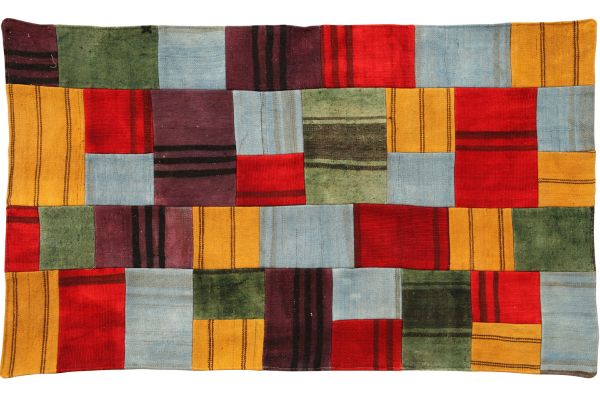
The Evolution of Scandinavian Rugs
During the Renaissance era, the style of Scandinavian rugs evolved due to the influence of Oriental rug designs introduced by traders. This period represented a key transition as Scandinavian rugs became more than just functional pieces and progressed to objects of aesthetic importance. Nordic weavers adopted the intricate motifs of Oriental rugs and incorporated them into their own designs, resulting in an interesting blend of East and West.
The Homemade Tradition of Scandinavian Rugs
In the 19th century, the tradition of creating homemade Scandinavian rugs flourished, as every household engaged in weaving as a pastime during the long winter nights. This was a time when families created unique pieces, often adorned with images telling stories from folklore or illustrating daily life in rural Scandinavia. Many of these rugs are preserved and displayed in museums, exemplifying the artistic craftsmanship typical of this period.
The Modernist Influence on Scandinavian Rugs
The turn of the 20th century marked a shift in the design of Scandinavian rugs. Influenced by the modernist movement, rug designers started to experiment with minimalist patterns and a restrained color palette. The rugs became cleaner, simpler, featuring geometric shapes and subtle colors, reflecting the Nordic landscape.

The Golden Age of Scandinavian Rugs
The golden age of Scandinavian rugs was the mid-20th century when internationally renowned designers such as Märta Måås-Fjetterström embraced the technique of flat-weaving to create modern pieces that were widely popular not only in Scandinavia but also across the globe. Måås-Fjetterström’s designs combined traditional motifs with a modernist approach, ensuring their universal appeal.
Present-Day Scandinavian Rugs
Scandinavian rugs, at present, have preserved their famed reputation in the arena of interior decoration. The enduring appeal these rugs hold is derived from their unique mix of traditional and contemporary design elements. The current Scandinavian rugs indeed demonstrate the impact of historical significances, cultural interactions, and varied artistic trends.
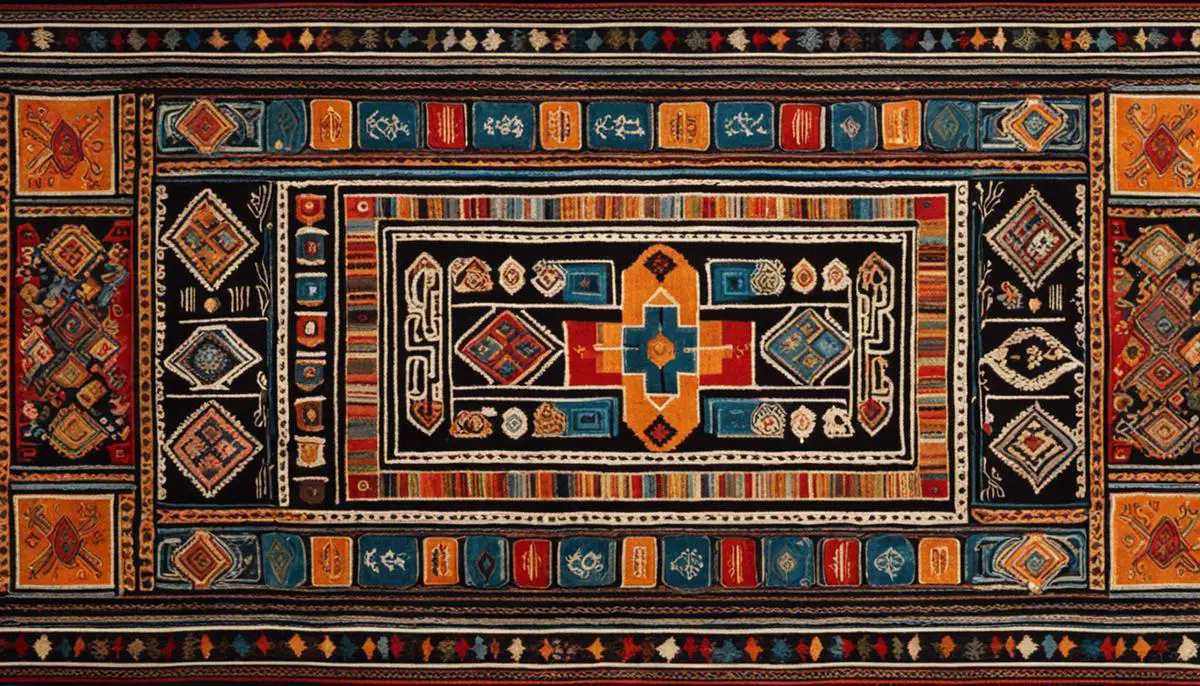
Design and Aesthetics of Scandinavian Rugs
The Framework of Scandinavian Rug Design
Recognizable by their minimalist and functional features, Scandinavian rugs have their roots firmly planted in nations such as Denmark, Norway, and Sweden. This certain style of design, known as Scandinavian design is often highlighted by its simplicity, minimalism, and emphasis on functionality. These essential values are strongly reflected in the visual appeal of Scandinavian rugs, developing a characteristic style that has inspired interpretations around the globe.
The Influence of Color and Patterns in Scandinavian Rugs
Scandinavian rugs usually exhibit muted and neutral color palettes that reflect the region’s natural landscape. Colors like white, grey, and various shades of blue are frequently used in these rugs. This approach to color is aimed at reflecting the Nordic landscapes, which often have a subdued color palette, especially during long winter months.
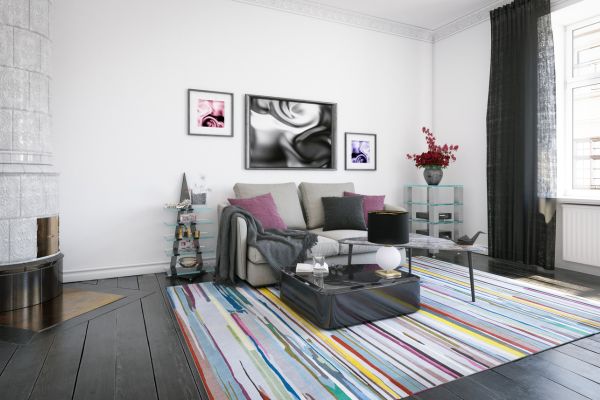
In terms of patterns, Scandinavian rugs often incorporate geometric shapes and nature-inspired motifs. This could be seen as a representation of Scandinavia’s rich cultural history and its deep connection with the natural world. Elements like concentric circles, triangles, and other geometric forms often repeat in seemingly simplistic yet intrinsically sophisticated patterns. This interplay of geometry creates a sense of harmony and order, aligning with the principles of functional design.
Material Selection in Scandinavian Rugs
Similar to color and patterns, the material used in Scandinavian rugs is also influenced by the region’s climate and environment. As the northernmost region of Europe, Scandinavia tends to be cold and harsh with long winter months. As a response to this, sheep’s wool is a common material used in Scandinavian rugs. It provides the much-needed warmth and also adds an element of comfort and luxury. The resilience, durability, and ease of maintenance of wool make it an ideal choice.

The Inspiration of the Surroundings
The influence of the Scandinavian landscapes can also be seen through the motifs and patterns used in the rugs. The designs often depict trees, lakes, and animals – wildlife that are common in these regions. This not only reflects their love for nature but also their deep-rooted respect for the environment.
In addition, the weather also plays a crucial role in defining the aesthetics of Scandinavian rugs. Given the absence of sunlight during lengthy winters, Scandinavian rug designers often lean towards bright and light color palettes to infuse a sense of warmth and homeliness into their designs. This reflects a deeper association of designs with not just physical utility but also psychological comfort.
Introduction to Scandinavian Rugs
Scandinavian rugs are renowned for their unique combination of aesthetics and functionality, serving as an authentic representation of Scandinavian design philosophy. These rugs are characterized by their simplistic and elegant patterns, welcoming color palettes, and quality materials, all coming together seamlessly to create pieces of beauty. Much of the inspiration drawn for these aspects hail from the natural landscapes and variable climates of the Scandinavian region, resulting in designs that are practical and visually appealing.
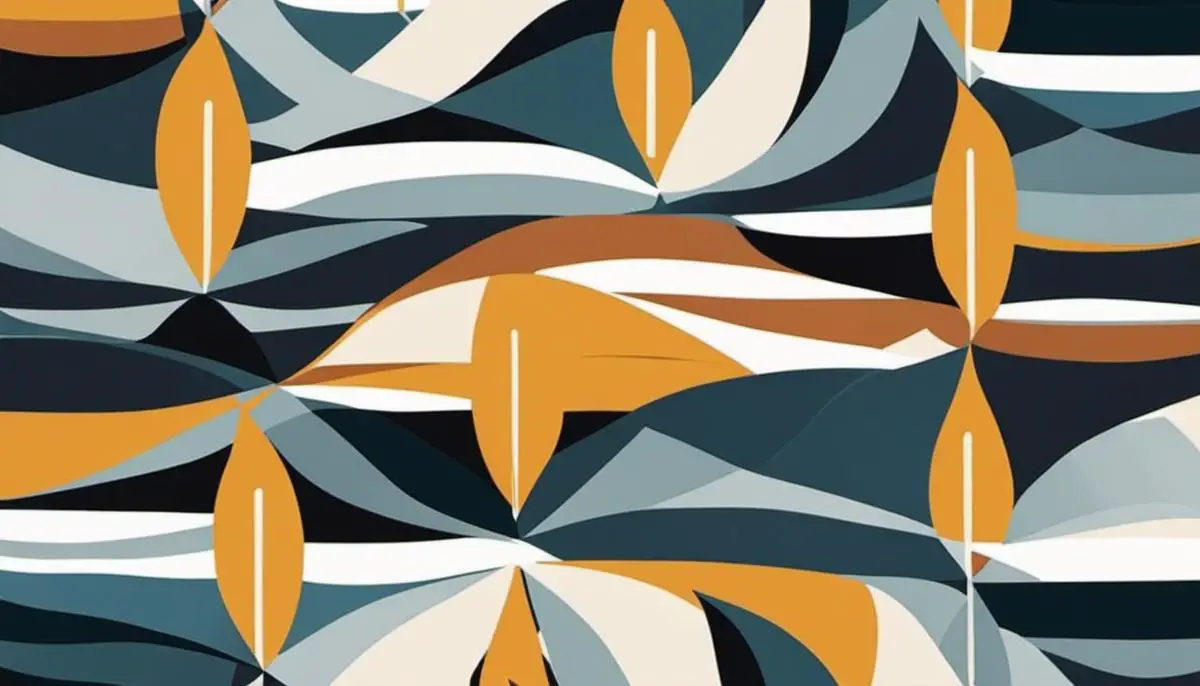
Production Techniques and Materials
Heritage of Scandinavian Rug Weaving Techniques
In the traditional approach of creating Scandinavian rugs, a technique famously referred to as ‘flat weaving’ is utilized. This method entails intertwining the warp (vertical) and weft (horizontal) threads on a loom, a process which requires a significant investment of time and effort. Flat weaving technique renders a finished product that possesses a unique flat surface, coupled with durability and the feature of being reversible. It is a central component in crafting the well-known ‘rya’ and ‘rollakan’ rugs from Sweden, each embodying their own artistic style and symbolism.
‘Rya’ rugs are known for their pile surfaces which are thick, soft, and warm, attributes that traditionally led to their use as blankets. To construct a ‘rya’ rug, additional threads are knotted onto the base fabric in a meticulous process. ‘Rollakan’ rugs, in comparison, showcase intricate geometric patterns and symbolic motifs carefully interwoven into the rug by skilled artisans employing the flat-weaving method. Each pattern, each color selection, and all knots on these rugs bear cultural significance and represent the individual interpretations of the weavers.
Modern Rug Production Techniques in Scandinavia
Modern rug production in Scandinavia has evolved with technology. While skilled craftsmen and women still employ traditional methods, the incorporation of computer-aided design (CAD) enables more intricate patterns and color combinations. CAD allows for precision and detail that would be challenging with manual weaving.
Industrial looms have also been introduced, significantly speeding up production without sacrificing the high-quality standards associated with Scandinavian rugs. These looms use programmed patterns, automating the weaving process. Such advancements allow for the mass production of these traditionally handcrafted rugs, making them more accessible to a wider audience without sacrificing tradition and quality.

Materials Used in Scandinavian Rugs
Traditionally, Scandinavian rugs were woven with locally sourced, natural materials. Wool was the most commonly used material, prized for its durability, warmth, and the richness of color it could achieve when dyed. Linen was used for its strength and sheen, often being employed for warp threads due to its sturdy nature. Additionally, cotton was used for lightweight rugs, especially for summer use.
In modern rug production, the use of synthetic materials such as acrylic, nylon, and polypropylene has become more prevalent due to their durability, stain resistance, and affordability. However, the usage of natural materials like wool, cotton, and linen are still preferred for their luxury and the sensory experience they provide.
Confluence of Craftsmanship and Artistry in Scandinavian Rug Construction
Every Scandinavian rug is a testament to the weaver’s artistry, exhibiting their dedication, skill, and creative flair. The designs are often minimalistic, drawing inspiration from nature, and demanding meticulous attention to capture the intricacies of geometric patterns. The artistry linking these rugs extends beyond the weaving process, encompassing meticulous selection of materials, choice of dyes, colors, and pattern design. In the current times, this old-age craftsmanship is kept alive and cherished through craft academies and cooperatives across Scandinavia, thus ensuring the survival and growth of these cultural traditions.
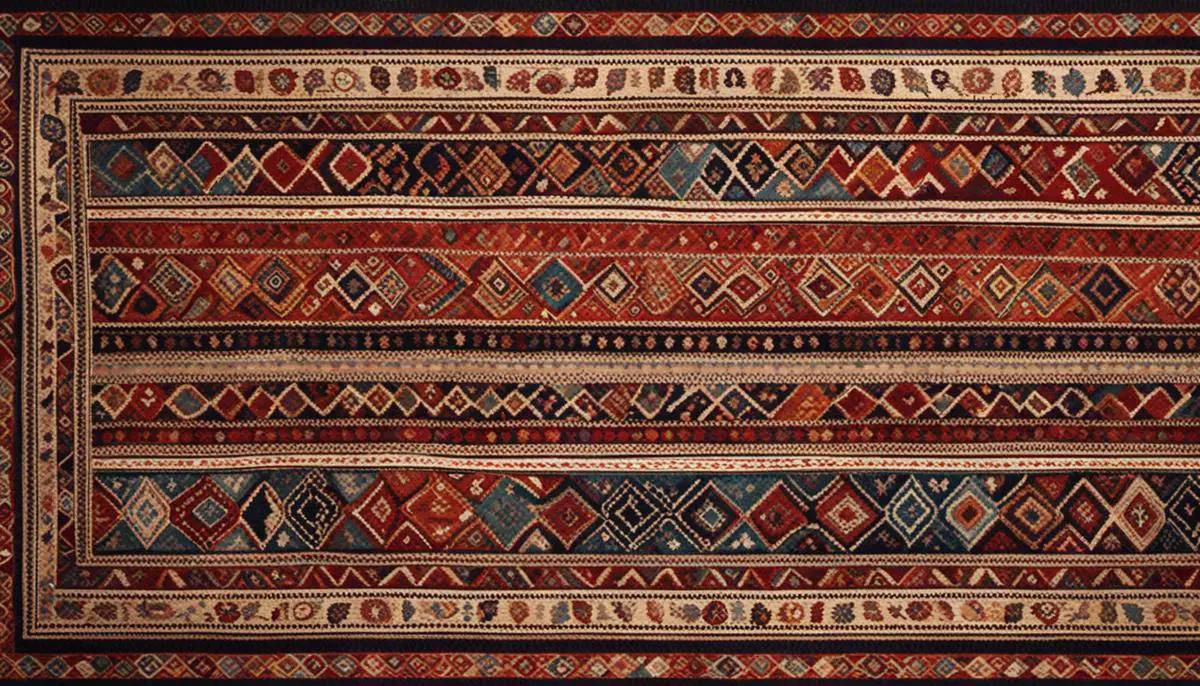
Maintaining and Preserving Scandinavian Rugs
Appreciating the Uniqueness of Scandinavian Rugs
Originating from the Scandinavian region – including Denmark, Norway, and Sweden – Scandinavian rugs, also referred to as “rya” rugs, stand out as distinctive textile pieces. Known for their simple yet captivating designs and remarkable craftsmanship, these rugs brilliantly combine aesthetic appeal with durability. They are often distinguished by their geometric patterns, natural hues, and folklore motifs that resonate with the Scandinavian landscapes and changing seasons.
Proper Cleaning of Scandinavian Rugs
Keeping a Scandinavian rug clean enhances its beauty and prolongs its lifespan. Like any textile, rugs can accumulate dust, dirt, and stains over time. However, cleaning a rug requires a delicate process to prevent damaging its fibers. Vacuum Scandinavian rugs regularly to remove surface dirt and debris, but avoid using a rotary brush attachment as it can harm the rug’s pile. For a deeper clean, professional rug cleaning is recommended, as cleaners are familiar with the specific care needed for these types of rugs. Spot cleaning is possible when necessary, using a damp cloth and a mild, dye-free soap, but always perform a spot test on an inconspicuous area first to ensure the rug’s colors won’t run.
Preserving the Color and Structure of Scandinavian Rugs
Exposure to the sun can cause the vibrant colors of a Scandinavian rug to fade over time. To preserve the rug and its colors, it’s best to place it in an area that doesn’t receive direct sunlight. Rotating the rug every few months also ensures even wear and minimizes damage to specific areas. Additionally, to maintain the rug’s structure, a non-slip rug pad should be used beneath it to prevent movement, which can result in unnecessary wear and tear.

Scandinavian Rug Storage Tips
Proper storage can also contribute significantly to maintaining the quality of Scandinavian rugs. If the rug needs to be stored for a length of time, it should first be thoroughly cleaned to prevent dirt, oils, and insects from affecting the textile during storage. Rugs should be stored rolled, not folded, to prevent creases and cracks in the materials. It’s essential to store them in a cool, dry place to avoid exposure to dampness, which can cause mildew. Using breathable fabric for wrapping rugs, rather than plastic, is recommended, as this reduces the risk of trapped moisture and potential discoloration.
General Measures to Ensure Rug Longevity
Procedures such as regular inspection for signs of moth damage, fraying edges, and torn fringes can help prevent further damage and maintain the rug’s overall integrity. Avoid placing heavy furniture on a Scandinavian rug, as the weight can weaken the rug’s fibers and cause permanent indentations.
Scandinavian rugs, beautifully crafted works of art from the Nordic world, not only accentuate any home décor but also have a visual appeal that transcends contemporary design trends. However, preserving the aesthetic beauty of these rugs necessitates regular cleaning, careful storage, and preemptive measures to prevent damage, ensuring their unique charm continues to inspire warmth and style for generations to come.
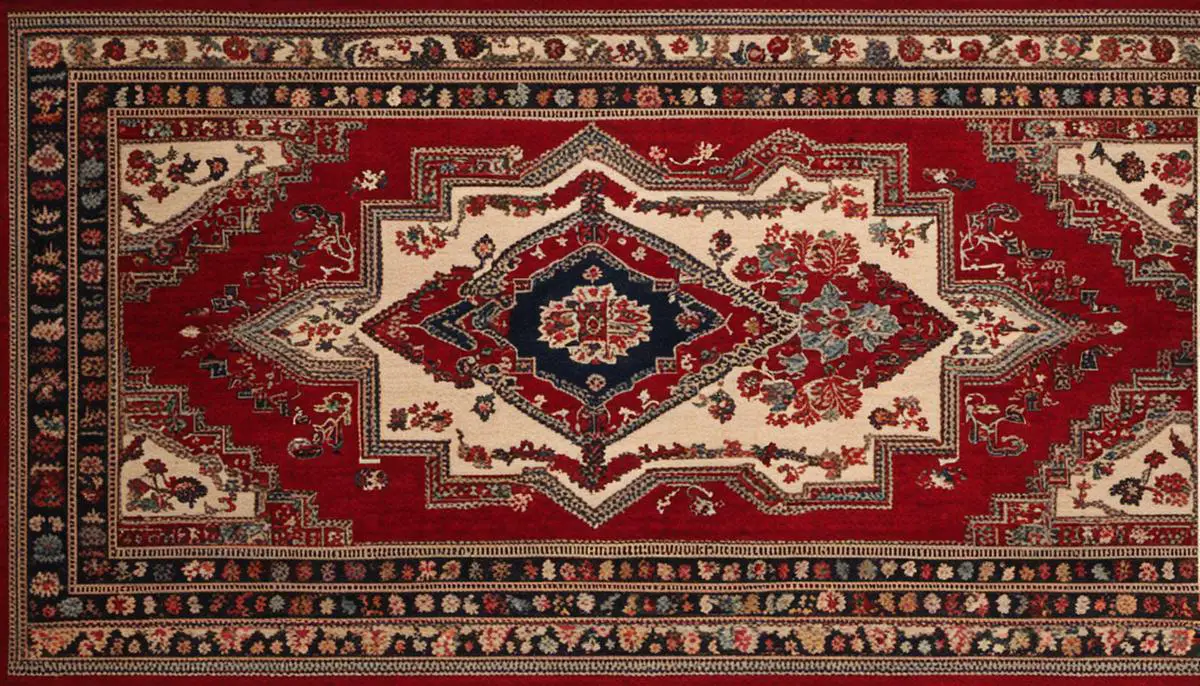
Buying Guide for Scandinavian Rugs
Digging Deeper Into the World of Scandinavian Rugs
When we talk about Scandinavian rugs, we refer to a broad spectrum of styles, motifs, and colors traditionally woven into the fabric of Denmark, Sweden, Norway, and Finland. The designs often employ geometric patterns in a palette of understated or neutral colors, encapsulating the Scandinavian emphasis on simplicity, functionality, and a heartfelt bond with nature.
Identifying Authentic Scandinavian Rugs
Authentic Scandinavian rugs are typically made of durable and natural materials like wool, linen, and cotton. Hand-woven rugs from Scandinavia often feature a tight, flat weave, known as a Rya or Rolakan technique, that is distinct to this region. When choosing an authentic Scandinavian rug, pay attention to details like symmetry, clarity of design, weave tightness, and evenness of edges. Look for assurance of hand-weaving and material authenticity from sellers.
Pricing Scandinavian Rugs
The cost of Scandinavian rugs can vary greatly depending on factors like size, material, age, condition, and intricacy of design. Vintage heart rugs can be more expensive due to their rarity and value as antique items. Newer, machine-made alternatives are usually more affordable while maintaining the aesthetic qualities of traditional Scandinavian rugs. Be cautious of deals that seem too good to be true – a high-quality, authentic Scandinavian rug will often come with a higher price tag due to the skilled craftsmanship involved.
Buying Scandinavian Rugs Online
There are many reputable online platforms to buy Scandinavian rugs from. Websites like Nordic Knots, Scandinavian Design Center, and RugVista offer a wide range of options spanning from more affordable, machine-made rugs to high-end, hand-woven pieces. Read reviews and assess the credibility of the sellers before making a purchase. It’s also helpful to understand return policies and shipping costs.
Physical Markets for Scandinavian Rugs
If buying in person is more your style, there are many markets and shops in the Scandinavian region dedicated to selling authentic rugs. Visit local flea markets, antique shops, or specialist rug stores in Nordic countries to browse a wide assortment for purchase. If travelling to Scandinavia isn’t viable, check local vintage or antique stores, or rug-specialty stores for Scandinavian sections.

Investing in a Scandinavian Rug
Buying a Scandinavian rug is an investment in a piece of art and culture. The rug you choose becomes a part of your living space and reflects your personal style. Take your time in selecting a rug that matches your aesthetic preferences, fits into your budget, and adds warmth and coziness to your home with its unique Scandinavian charm. Remember to always check for authenticity and take good care of your rug to maintain its quality and longevity.
Caring for Scandinavian Rugs
Maintain the beauty and durability of your rug by taking care of it properly. Regular vacuuming will keep your rug free of dust and dirt. If you spill something on your rug, blot it out immediately to prevent the stain from setting into the fibers. For deeper cleaning, it’s best to hire professional rug cleaners as incorrect cleaning techniques can damage the rug’s structure and color. Avoid exposing your rug to direct sunlight for prolonged periods as it can cause the colors to fade. With proper care, your Scandinavian rug can last for generations, becoming a cherished heirloom in your home.
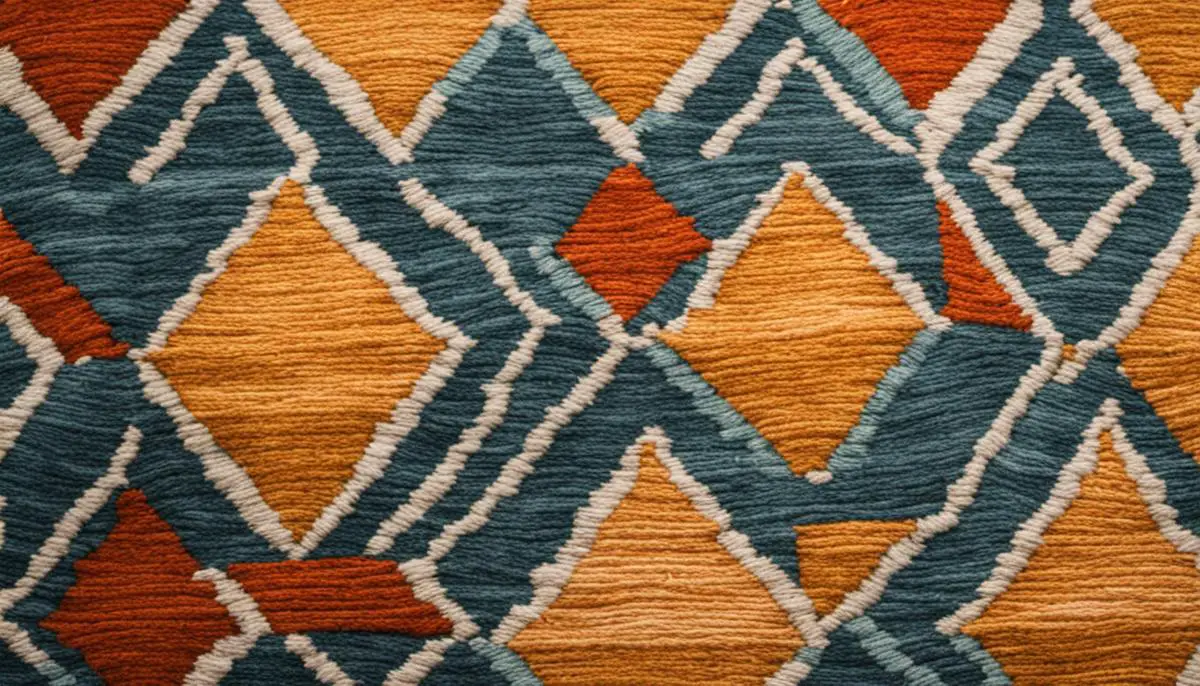
Having explored the fascinating realm of Scandinavian rugs, their distinctive style, craftsmanship, and rich history, we can appreciate the cultural significance and artistic value they hold. These rugs are woven tales of the frosty Nordic landscapes, echoes of past events, and testament to the region’s design prowess. The meticulous detail, care, and effort invested in their creation shine through their quality and longevity. The essential knowledge we provided on preservation and maintenance should empower you, as potential collectors or admirers, to keep these artworks in prime condition. Should you decide to embark on the journey of acquiring a Scandinavian rug, knowing what to expect and where to buy will undoubtedly enrich your experience and ensure you enjoy the authenticity and value of your chosen piece.

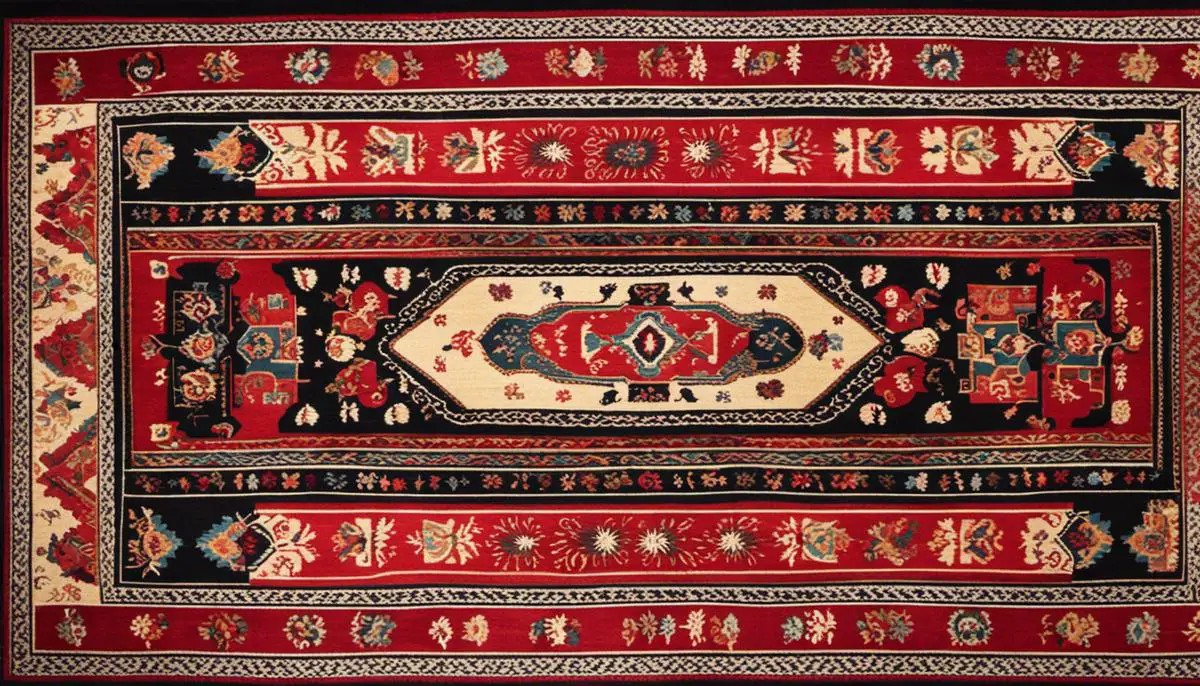




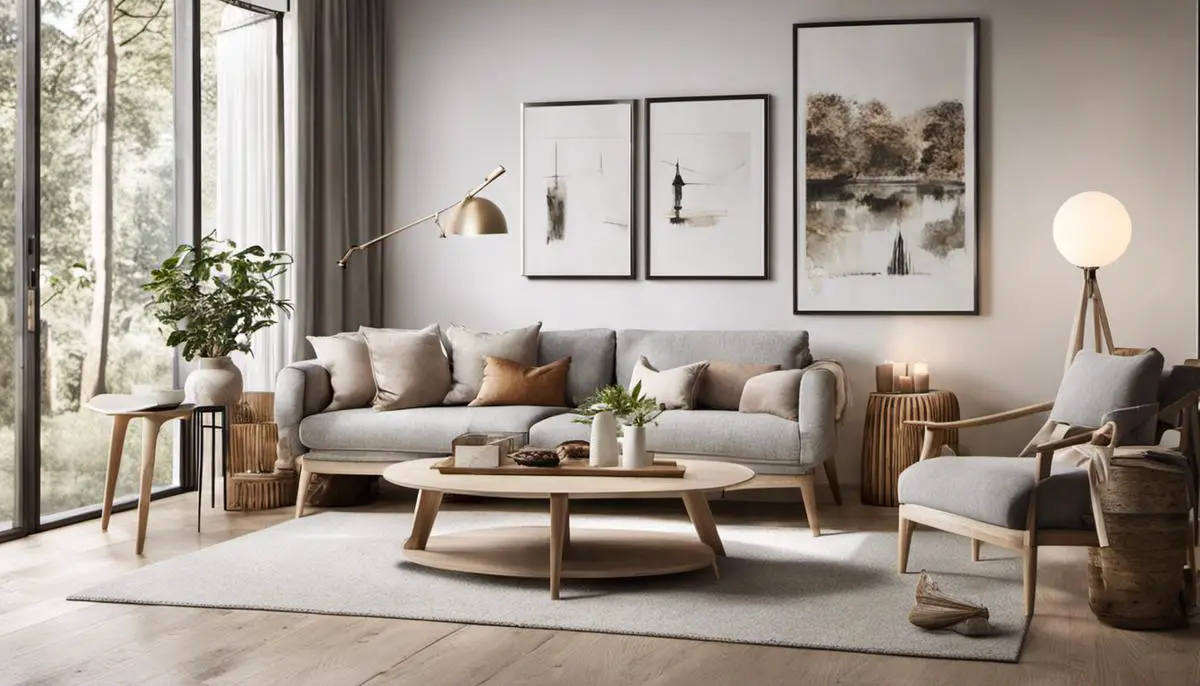

Leave a Reply